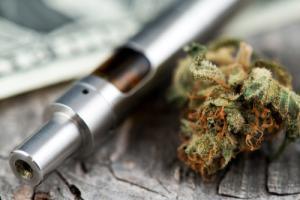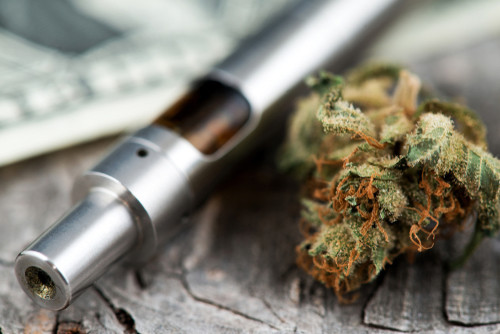
The CBD market is expanding at a surprising pace. If an industry seems to offer opportunities of making profits, fraudsters may enter the market. Sometimes they try to gain more customers by offering products at cheap rates.
A significant portion of CBD products sold in the global market does not contain the advertised levels of CBD. In this article, we focus on the detection of CBD fraud.
What Are The Common Types Of CBD Fraud?
Common types of CBD fraud include:
- Products containing safe ingredients that aren’t listed on the label
- Products containing unsafe ingredients that aren’t listed on the label
- Products with illegal THC levels
- Products containing very little or no CBD
Techniques Used To Detect CBD Fraud
Here are the techniques used for detecting CBD fraud.
Spectroscopy
Two of the spectroscopy techniques used for detecting CBD fraud are nuclear magnetic resonance and atomic absorption spectroscopy.
AAS is the standard method used to detect the presence of metals in CBD products. In AAS, the atoms absorb light and move to a higher energy level. The absorption of the ground state atoms in the gaseous state is then quantified. Meanwhile, NMR analyzes the samples using the nuclear spin states of molecules.
Chromatography
Gas chromatography, liquid chromatography and thin-layer chromatography are the three of the common chromatography techniques used for the detection of CBD fraud.
Being a qualitative technique, thin-layer chromatography is used for the quick detection of a product’s or compound’s quality.
Flame detection ionization is the gas chromatographic method used for the analysis of CBD products. When analyzing cannabis and its products, they should be derivatized before examination considering how unstable many of them are. GC is inefficient to analyze some acidic forms of some cannabis compounds.
When it comes to analyzing cannabis, liquid chromatography is useful for cannabinoid profiling, screening for pesticides and mycotoxins.
Combination Of Techniques
To derive better qualitative and quantitative information about cannabis, a combination of mass spectrometry, gas chromatography, and liquid chromatography can be used.
Chromatography techniques are useful for separating compounds in a mixture. When combined with mass spectrometry, structural identification becomes possible.
Inductively coupled plasma mass spectrometry is another combination technique used for the detection of CBD fraud. It is generally used for detecting the presence of trace metals in CBD products.
Often an unsatisfactory CBD experience might be attributed to the poor quality of the CBD products you have used.

